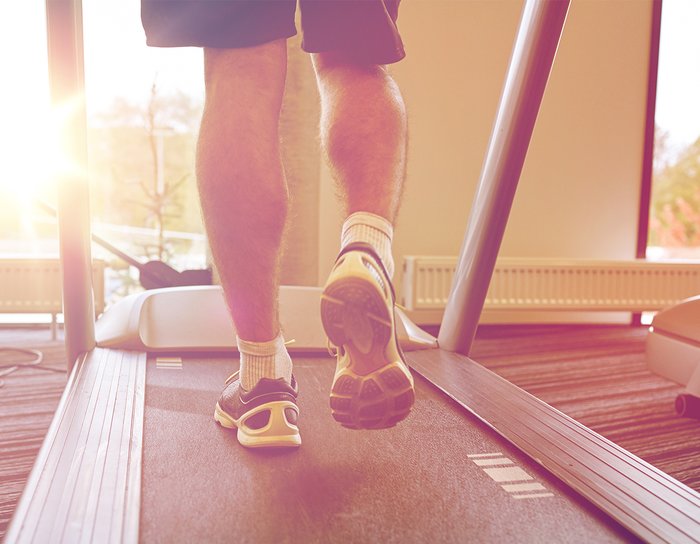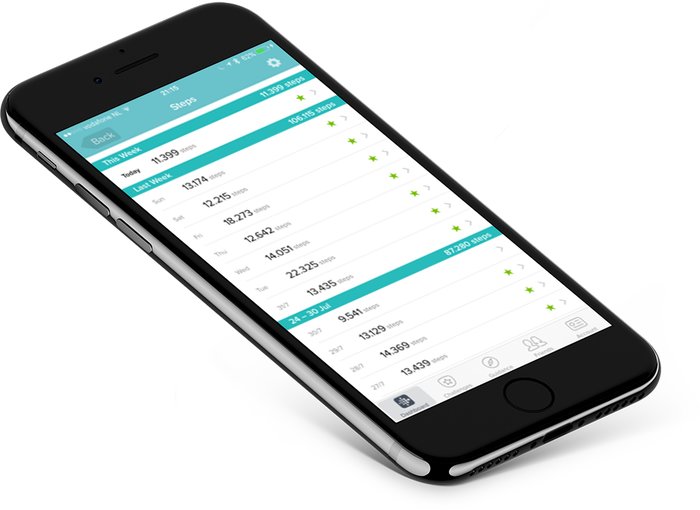Q: HIIT makes me feel like I'm going to croak. Is that a good thing or a sign to stop?
As high-intensity interval training (HIIT) has become more popular in recent years, it has also grown to be a source of endless confusion among lifters. Funny how those two go hand-in-hand. And just to preface my comments, I'll assume your interest in HIIT is largely for body-composition purposes, rather than for sport-specific endurance development. The protocols, and the responses they create, are usually different for the two goals.
So what is best for you, the person who wants to lift, live, and look your best?
The Cardio Spectrum
All forms of cardio fall along an intensity/duration spectrum. On one side you have low-intensity steady-state (LISS): Think walking, light cycling, and things that may warm you up, but don't bring buckets of sweat. On the other side we find HIIT: Bring the towels, and maybe the bucket. Somewhere in the middle would be moderate-intensity steady-state (e.g., jogging).
All three types of cardio burn calories, but there are trade-offs. HIIT burns a large number of calories per minute, and perhaps additional calories in the form of post-exercise oxygen, but because it's so intense, you can't do it for long periods of time. LISS burns far fewer calories per minutes, but it's easy to do it for a long time.

At this stage of the analysis, it seems like a toss-up: you can choose to do brief, very hard work, or prolonged easy work. However, there's another wrinkle to this story: In my experience, more intense forms of cardio, such as HIIT, tend to impair recovery from your resistance-training sessions, whereas low-intensity forms of cardio do not.
Here's what I mean: most lifters can train lower body 2-3 days a week and manage to recover, and therefore benefit, from those sessions. But, add to this 2-3 HIIT sessions on a bike, and now you're in essence training lower body hard 4-5 times a week.
After a week or two of this, you'll no longer be able to hit your expected numbers on your lower-body exercises, which means you'll lose ground in your training efforts. Plus, you'll probably just be hating life. Not the recipe for long-term progress.
Coaches and many gym rats know this from experience. But the impassioned HIIT fans out there will sometimes lead you to believe that HIIT is somehow "free" cardio, recovery-wise. It can even help you add muscle, right? Well, in the gym, as in life, nothing is free.
How To Fit It All Together
You have a couple of options here. One is that you train lower body twice a week and add 1-2 HIIT sessions. If you plan this out carefully—meaning you think of a HIIT session essentially as a resistance-training session—you can make high-intensity cardio part of your training menu with a good degree of success.
But that's definitely not the only option. I'll close this answer with an anecdote that illustrates why I think LISS deserves a lot more attention than it usually gets as a fat-loss tool: I have a 51-year old male client, Patrick, in Amsterdam, who competes in master's powerlifting, and who recently made the decision to diet himself down to a lighter weight-class. When I spoke to Patrick last week, he was steadily losing about a pound of body weight per week while eating—wait for it—3,700 calories per day.
You may wonder how this is possible at age 51. A quick look at his Fitbit record speaks volumes; Patrick is averaging 15,000 steps per day.

Now, it should be pointed out that Amsterdam is a city that encourages—almost necessitates—a lot of walking. Your local situation may be different. However, in this case, success leaves clues. Namely, the "secret" to fat loss, if you want to call it that, is maintaining high daily activity levels, period.
Formal exercise, even intense exercise, really doesn't burn that many calories at the end of the day. You can bust ass in the gym for 10 hours a week, but if you sit on your ass for the remaining 158 hours, it still doesn't amount to much.
You may think that tracking your steps is beneath you, or is only for non-lifters or non-athletes. Well, you're wrong. See how many steps per day you're doing—your phone probably already knows—then start working on increasing that number. You'll be quite surprised how effective this habit can be, while demanding next-to-nothing, recovery-wise. Don't be surprised if you find it even improves your recovery between workouts!

